Science and the Arts
Enacting the bridge between Plant Science and the Arts takes some courage. For one thing, not everyone appreciates the value of transdisciplinarity. Even worse, to most it’s a single-track road: Artists, best-case scenario, benefit or find inspiration in botanical works. Seldom the opposite direction is travelled. And yet Science, writ large, can be particularly stimulated by artistic talent. Real science doesn’t reduce to the (cartoon) ABC of the scientific method so often parroted from the pulpits of orthodox Academia. And plant science is not unlike other fields of research. It can only flourish with imagination. .
MINT Lab Videos
Quotes
If you root yourself in the ground, you can afford to be stupid. But if you move, you must have mechanisms for moving, and mechanisms to ensure that the movement is not utterly arbitrary and independent of what is going on outside.
The environment of plants, organisms that lack sense organs and muscles, is not relevant in the study of perception and behavior. We shall treat the vegetation of the world as animals do, as if it were lumped together with the inorganic minerals of the world, with the physical, chemical, and geological environment. Plants in general are not animate; they do not move about, they do not behave, they lack a nervous system, and they do not have sensations.
During one of my many discussions with my late friend the neurobiologist Francisco Varela, we talked about what it is that distinguishes sentient forms of life from plant forms of life. As I recall, he suggested as a criterion “an entity’s ability to move itself from here to there,” or words to that effect. If an organism can move its whole body from one place to another to escape danger and survive, or to obtain food and to reproduce, then it may be regarded as a sentient being.








